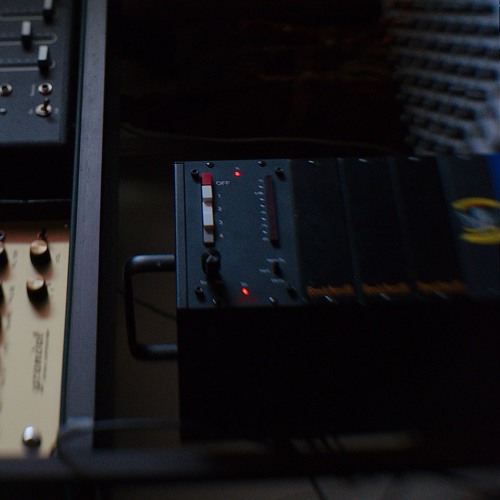Biasrocks
Well-known member
Okay, I had -15V on one side of the resistor and -11.8 on the other side with IC's in place.
Pulled IC206, no over heating and the voltages returned to normal. -15.18 and -14.96.
Voltages on IC206 socket are as follows.
Pin
1 -004.5mV
2 -7.42V
3 -242.4mV
4 -.700mV
5 -14.95V
6 -7.42V
7 002.3mV
8 32.2mV
Bad chip??
Regards,
Mark
Pulled IC206, no over heating and the voltages returned to normal. -15.18 and -14.96.
Voltages on IC206 socket are as follows.
Pin
1 -004.5mV
2 -7.42V
3 -242.4mV
4 -.700mV
5 -14.95V
6 -7.42V
7 002.3mV
8 32.2mV
Bad chip??
Regards,
Mark


































